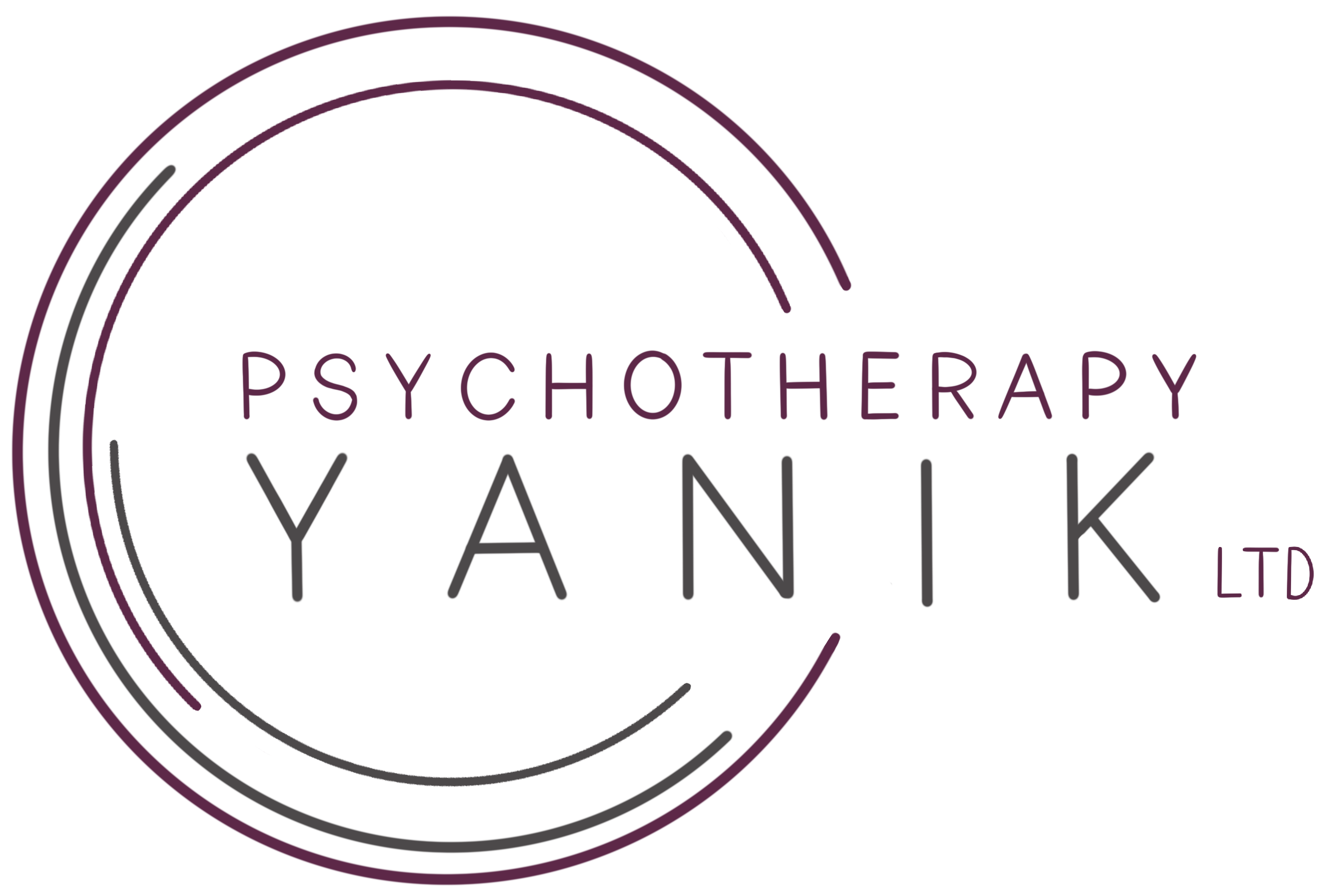Diagnostic
There are many useful tools to make the diagnostic process efficient. I use different tools depending on the case to understand the different points of view of the caregivers and the child and strengthen the relationship with them. For example, the Family Board, Family in Animals, games and specific tools like those mentioned below are essential during the first sessions.
Broad and specific questionnaires allow data collection quickly and anonymously while all participants can provide feedback.
Using a computer-based administration and evaluation program, the scores will be compared with the same age/gender children to better understand the severity of the symptoms.

If an IQ test is required, you will be informed to decide whether you want it. Children and youngsters feel more confident doing those tests after a few settings, where the focus would be building a relationship with conversations and playing short games afterwards.
Questionnaires / Inventories
Conners 4
Conners 4 comprehensively assesses symptoms and impairments associated with ADHD and common co-occurring problems and disorders in children and youth aged 6 to 18 years.
Key Features:
- Address critical concerns with Severe Conduct, Self-Harm Critical Items, and a Sleep Problems Indicator.
- Measure impairments related to ADHD symptoms in the school, social, and family domains
- Evaluate new content areas and common co-occurring problems such as emotional dysregulation, depressed mood, and anxious thoughts.
- Conners 4 facilitates collaboration with parents using an enhanced Parent Feedback Handout (easy-to-understand explanation and summary of results).
- Conners 4 improves fairness and inclusivity with gender-inclusive language, culturally sensitive items, and items and scales showing no measurement bias regarding gender, race/ethnicity, country of residence, or parental education level.
- Conners 4 allows evaluating a youth’s relative strengths and weaknesses using Within-Profile Comparisons for more informed intervention.
Conners CBRS
The Conners Comprehensive Behaviour Rating Scale (CBRS) is a comprehensive instrument that assesses various behavioural, emotional, social, and academic concerns and disorders in children and adolescents aged 6 to 18. It is a multi-informant assessment of youth across multiple settings, with rating forms for parents, teachers, and the youth.
Multidimensional Anxiety Scale for Children (MASC-2)
The Multidimensional Anxiety Scale for Children Second Edition™ (MASC 2™) is a comprehensive multi-rater assessment (Self and Parent form) of anxiety dimensions in children and adolescents aged 8 to 19. It distinguishes between significant anxiety symptoms and dimensions that broadband measures do not capture. By indexing the range and severity of anxiety symptoms, the MASC 2 aids in the early identification, diagnosis, treatment planning, and monitoring of anxiety-prone youth.
Key Features:
- Develop an easy to follow the treatment plan
- Complete a comprehensive evaluation with the introduction of a parent form, providing an in-depth perspective from multiple raters.
- Gain valuable insight with a new model that includes an Anxiety Probability Score, GAD Index, and OCD Scale.
- Uncover details about a child’s emotional, physical, cognitive, and behavioural anxiety symptoms.
- Generate detailed reports that describe a youth’s anxiety symptoms in detail.
POMS 2
The Profile of Mood States 2nd Edition™ (POMS 2®) instruments assess the mood states of individuals 13 years and older. A revision of the Profile of Mood States™, the self-report scales are a collection of tools that allow for the quick assessment of transient, fluctuating feelings and enduring affect states. The tool applies in clinical, medical, research, and athletic settings, where its sensitivity to change makes the assessment ideal for treatment monitoring and evaluation and clinical trials.
Emotional Quotient Inventory
The EQ-i:YV™ measures the emotional and social functioning levels in children and adolescents. It is used by psychologists, school counsellors, social workers, and mental health professionals to identify an individual’s emotional intelligence strengths and weaknesses to help that individual develop the skills needed for social, personal, and academic success.
Key Features:
- As a strength-based assessment, the EQ-i:YV highlights areas of positive functioning as well as areas for development
- Results provide professionals with the information needed to assist students in coping with demands at school that could lead to underachievement or the development of emotional and behavioural problems.
Key Areas Measured:
- Adaptability (Reality Testing, Flexibility, and Problem-Solving)
- Interpersonal (Empathy, Social Responsibility, and Interpersonal Relationship)
- Intrapersonal (Self-Regard, Emotional Self-Awareness, Assertiveness, Independence, and Self-Actualization)
- General Mood (Optimism and Happiness)
- Stress Management (Stress Tolerance and Impulse Control)
Social Communication Questionnaire (SCQ)
This instrument helps evaluate communication skills and social functioning in children with autism or autism spectrum disorders. Completed by a parent or other primary caregiver, the SCQ is a cost-effective way to determine whether an individual should be referred for a complete diagnostic evaluation.
The questionnaire is available in two forms – Lifetime and Current – each composed of 40 yes-or-no questions. Both forms can be given directly to the parent, who can answer the questions without supervision.
The Lifetime Form focuses on the child’s developmental history, providing a Total Score interpreted with specific cutoff points. This score identifies individuals who may have autism and should be referred for a complete evaluation.
Moving from developmental history to present status, the Current Form looks at the child’s behaviour over the most recent 3-month period. It produces results that can be helpful in treatment planning, educational intervention, and measurement of change over time.
Beck Youth Inventories (BYI-II)
Beck Youth Inventories™ -Second Edition (BYI-II) for Children and Adolescents is designed for children and adolescents aged 7 to 18. Five self-report inventories can be used separately or in combination to assess symptoms of depression, anxiety, anger, disruptive behaviour and self-concept.
Five Inventories
Each inventory contains 20 statements about thoughts, feelings and behaviours associated with emotional and social impairment in youth. Children and adolescents describe how frequently the statement has been true for them.
The instruments measure emotional and social impairment in five specific areas:
- Beck Depression Inventory for Youth:
In line with the depression criteria of the Diagnostic and Statistical Manual of Mental Health Disorders— Fourth Edition (DSM– IV), this inventory allows for the early identification of symptoms of depression. It includes items related to a child’s or adolescent’s negative thoughts about self, life and the future, feelings of sadness and guilt and sleep disturbance. - Beck Anxiety Inventory for Youth:
Reflects children’s and adolescents’ specific worries about school performance, the future, negative reactions of others, fears including loss of control, and physiological symptoms associated with anxiety. - Beck Anger Inventory for Youth:
Evaluates a child’s or adolescent’s thoughts of being treated unfairly by others, feelings of anger and hatred. - Beck Disruptive Behaviour Inventory for Youth:
Identifies thoughts and behaviours associated with conduct disorder and oppositional-defiant behaviour. - Beck Self-Concept Inventory for Youth:
Taps cognitions of competence, potency, and positive self-worth.
CAARS 2 Adult Rating Scales
The CAARS™ 2 is used to measure the presence, severity and impact of Attention Deficit Hyperactivity Disorder (AD(H)D) symptoms in adults.
Suitable for individuals aged 18 to 80 years.
The CAARS™ 2 quantifies ADHD symptoms across several important areas of daily life:
- Inattention/Memory Problems: high scores suggest troubles staying focused, staying organized, remembering things, or finishing tasks.
- Hyperactivity/Restlessness: high scores suggest difficulties sitting still, feeling the need to be “on the go,” or struggling to stick with one activity for long.
- Impulsivity/Emotional Lability: high scores suggest acting impulsively, quick mood changes, irritability, or getting frustrated easily.
- Problems with Self-Concept: high scores suggest feelings of low self-esteem, low confidence, and poor social relationships.
- ADHD Index: shows how strongly a person’s scores match those typically seen in people with ADHD.
- DSM-5-TR™ Symptom Scales: assesses inattentive symptoms, hyperactive/impulsive symptoms, and overall ADHD symptom levels based on the DSM-5-TR™ diagnostic criteria.
- DSM-5-TR™ Hyperactive/Impulsive: high scores suggest tendencies of the hyperactive/impulsive type of ADHD, as described in the DSM-5-TR™.
- DSM-5-TR™ Total ADHD Symptoms: high scores indicate a level of ADHD symptoms that meets overall criteria in the DSM-5-TR™.
The CAARS™ 2 comes in different versions, which can be completed by the person being assessed (self-report) or by someone who knows them well (observer report). The self-report version (CAARS™ 2–S) and the observer version (CAARS™ 2–O) both measure the same types of behaviors and use the same scales, sub-scales, and indexes. In addition to ADHD symptoms, the test can highlight related concerns, including anxiety, depression, or difficulties in daily life.
Assessments of Intellectual Functioning
1) Wechsler Intelligence Scale for Children (WISC V UK)
The Wechsler Intelligence Scale for Children, developed by David Wechsler, is an individually administered intelligence test for children between the ages of 6 and 16. The Fifth Edition (WISC-V; Wechsler, 2014) is the most current version. Wechsler Adult Intelligence Scale-Fourth UK Edition (WAIS-IV UK) provides you with the most advanced measure of cognitive ability in adults. Includes updated normative data for ages 16-90 years.
The assessment (WISC V) generates a Full-Scale IQ (formerly known as an intelligence quotient or IQ score) that represents the clients’ general intellectual ability. It also provides five primary index scores:
- Verbal Comprehension Index (VCI)
- Visual-Spatial Index (VSI)
- Working Memory Index (WMI)
- Fluid Reasoning Index (FRI)
- Processing Speed Index (PSI)
2) Wechsler Adult Intelligence Scale
The Wechsler Adult Intelligence Scale Fourth UK Edition (WAIS-IV UK) is an individually administered clinical instrument designed to assess the cognitive ability of adolescents and adults aged 16 to 90 years. The WAIS-IV provides estimates of Full-Scale IQ, an overall measure of intellectual ability, and four composite Index scores that provide measures of component abilities: Verbal Comprehension, Perceptual Reasoning, Working Memory, and Processing Speed.
Source: https://www.pearsonclinical.co.uk



